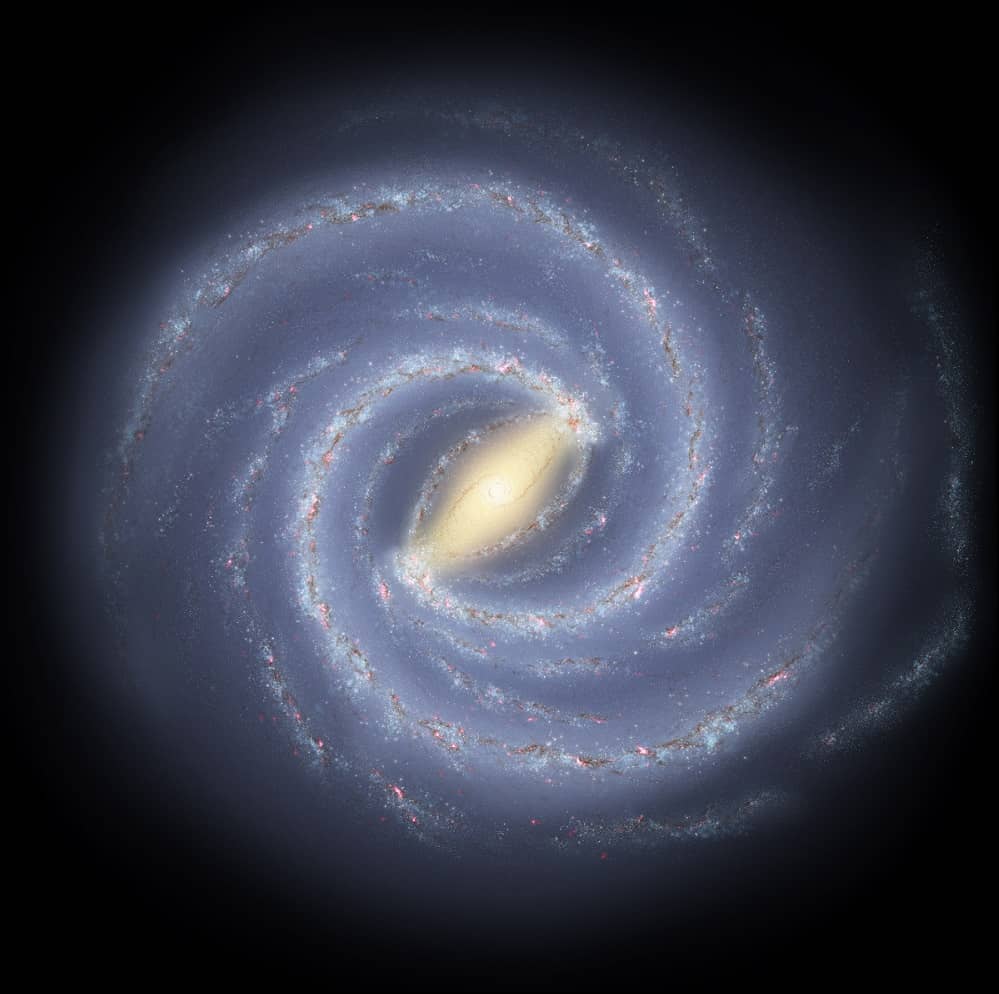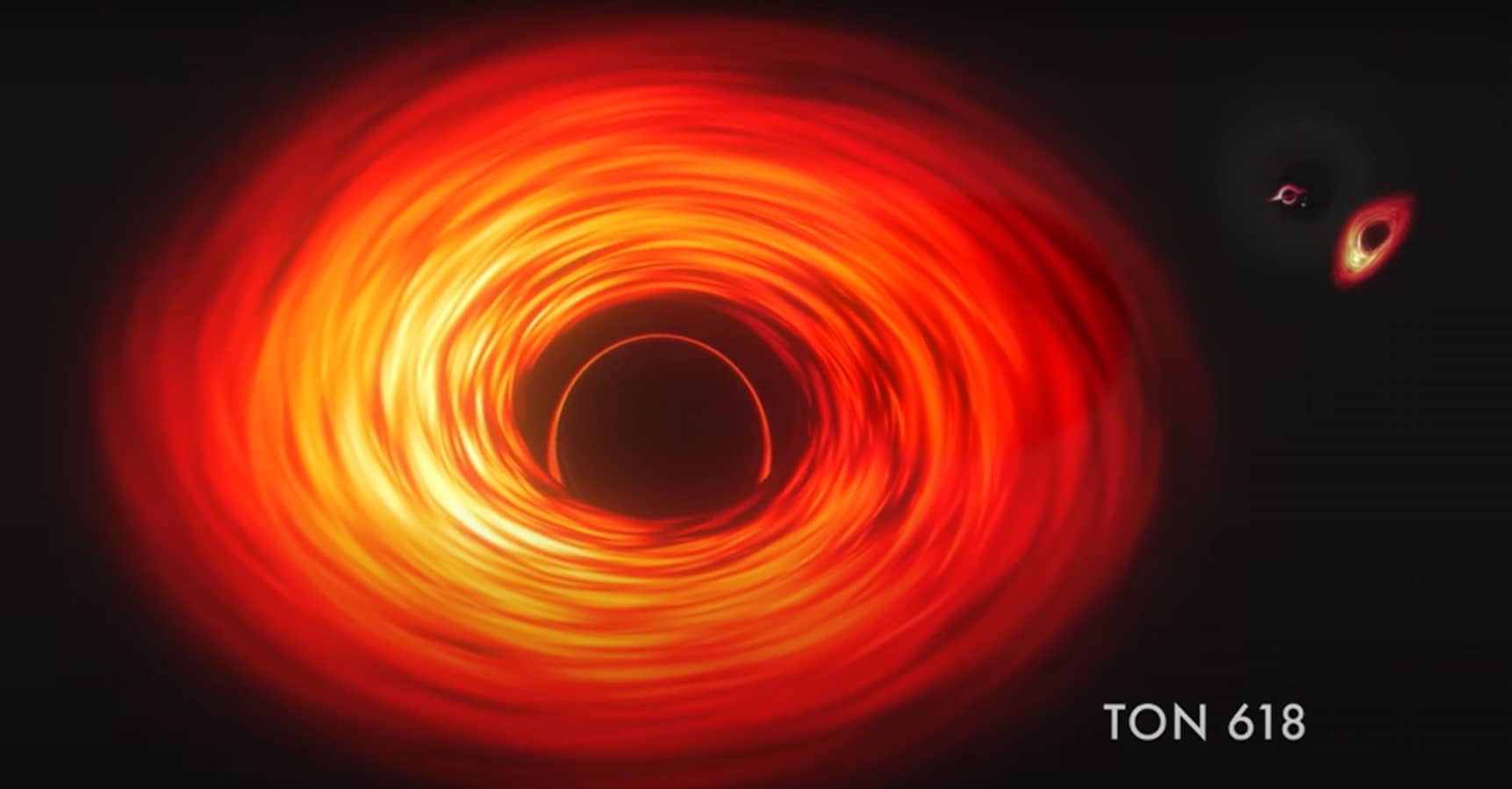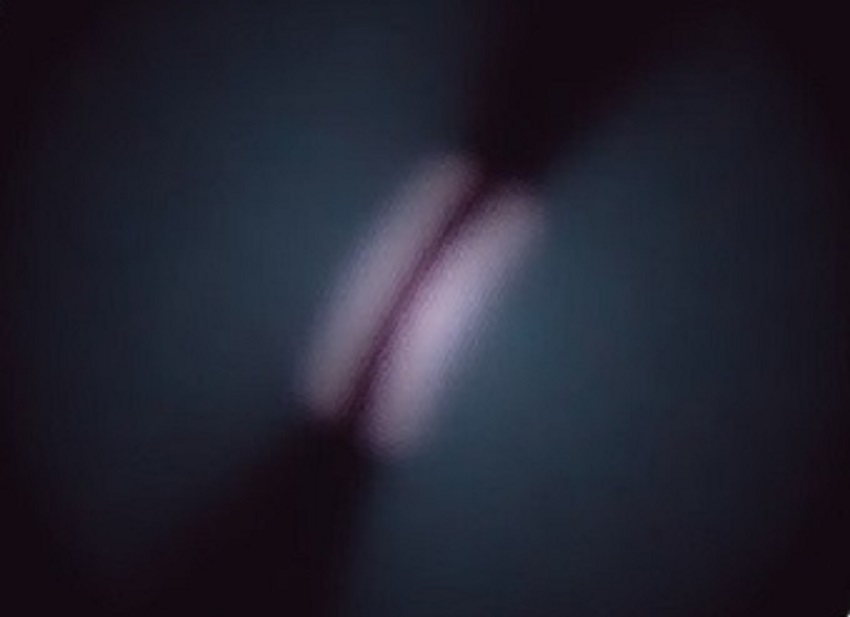Our solar system is part of the Milky Way galaxy. In the night sky, its shape is only partially discernible. From one horizon to the other, it appears as a hazy strip of light. However, the structure of the galaxy is hidden by this side view, making it impossible for astronomers to determine the shape of our own galaxy.
For a long time, astronomers thought the Milky Way was a spiral galaxy with a central bulge or bar, four main spiral arms, and multiple branching arms. Now, Ye Xuat at the Purple Mountain Observatory in Nanjing, China, and colleagues, claim that this image has to be changed. They have created a more detailed map of the Milky Way using extremely accurate measurements of star locations. They come to the conclusion that it must be a barred spiral with two arms and that the other, further arms have somehow separated to produce minor arms.
New equipment and data allow for a fresh look at galaxies
Galaxies can be categorized into three different types: spirals, elliptical blobs, and irregular shapes. This information has been known to astronomers for a long time thanks to astronomical images. The majority of spirals contain two main arms, with “grand-design” spirals being the most illustrative examples. The spirals divide into other minor arms more frequently, most likely as a result of collisions and mergers with other clusters and galaxies. Additionally, some spirals have an extension of the spiral arms from a central bar or bulge.
Thus, it comes as a surprise when astronomers come to the conclusion that the Milky Way has four arms. The Milky Way would be a very odd galaxy that would need to be explained if it turns out to be true.

Ye’s research is based on information from a new generation of equipment that is more able than ever to measure the separation between stars. One source is very long baseline interferometry, which detects radio signals from masers (stars that generate microwaves). Their distance can be calculated using this method to within 20 microarcseconds. (Illustratively, one microarcsecond is about the size of a period at the end of a sentence in the Apollo mission manuals left on the Moon as seen from Earth according to Wikipedia.) Over 200 of these’s locations were mapped by the team.
The Gaia space observatory, which is now measuring the positions of one trillion stars in the Milky Way, provides a further source of fresh data. Ye and colleagues have concentrated on hot, massive suns known as O-B type stars, which are useful galactic structure markers since they frequently stay close to where they formed. Ye and colleagues include the position of over 24,000 of these with the same precision as masers. Additionally, they included the locations of almost a thousand open star clusters, which were also derived from Gaia data.
The group then searched for spiral shapes that fit the distribution of these objects after mapping their locations. This is not an easy task. Since the majority of these stars are relatively close to the Sun, they are concentrated in just one Milky Way quadrant. However, Ye asserts that a barred spiral with two symmetric inner arms extending away from the bar’s ends is the best fit. These are the Norma and Perseus Arms.
What about the other galaxy arms?
They claim that the other arms are longer, farther away, and irregular and that they have broken away from the main structure, maybe as a result of galactic collisions in the distant past. In fact, it is believed that the Milky Way experienced a collision of this kind some 10 billion years ago. The Centaurus, Sagittarius, Carina, Outer, and Local Arms are these atypical formations. As a result, Ye and the team categorize the Milky Way as a multiple-arm galaxy.
That intriguing piece of work makes the Milky Way appear much more mundane than the four-arm theory claimed. “The morphology of the Milky Way is similar to those of most multiple-arm galaxies in the universe,” says Ye.
There are still some mysteries to be solved though. The scientists claim that they are still unable to determine where the Norma and Perseus arms start on the center bar. More data will be needed for that. That information will undoubtedly accumulate as Gaia and other observatories create a more precise 3D model of our galaxy. Astronomers may now rest easy knowing that the Milky Way is a common galaxy that looks to have formed in the same way as the great majority of other galaxies.





